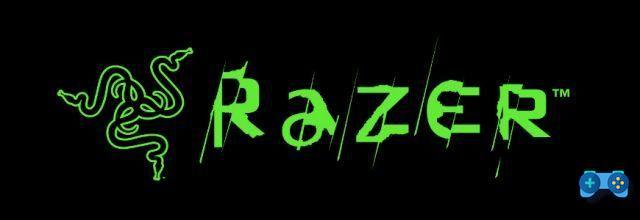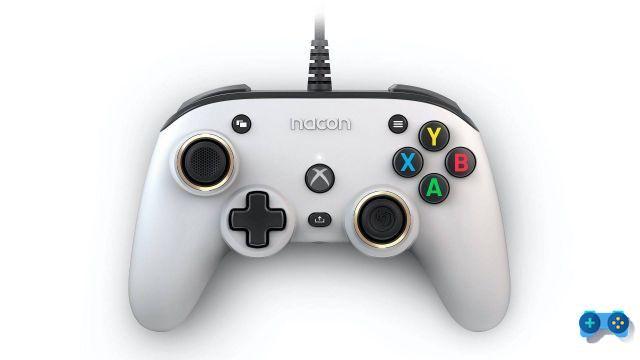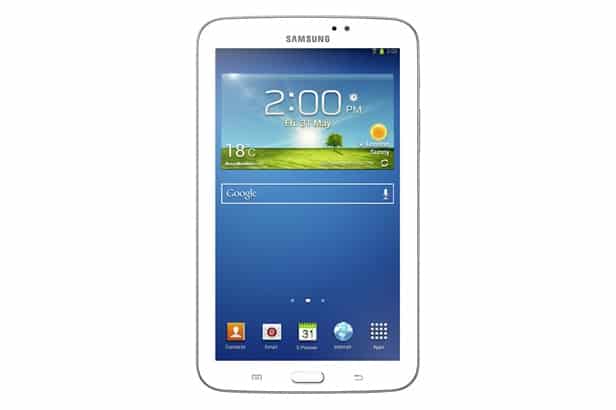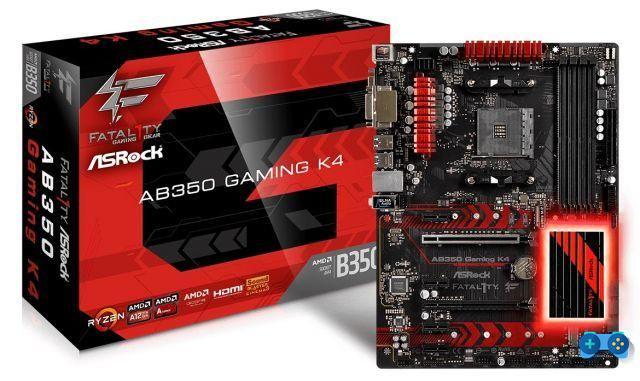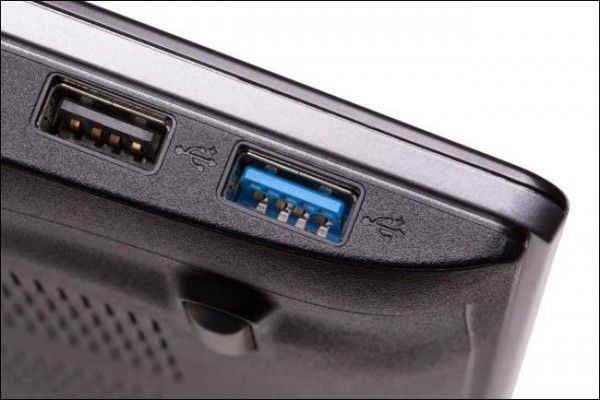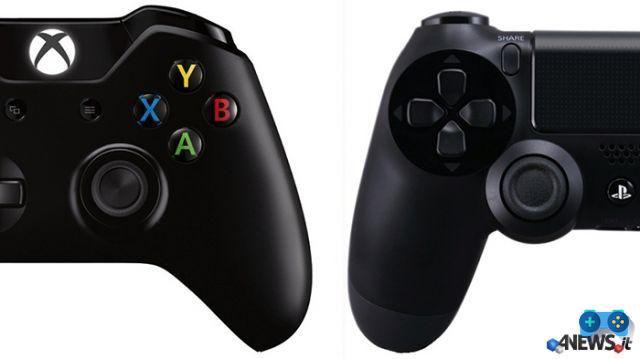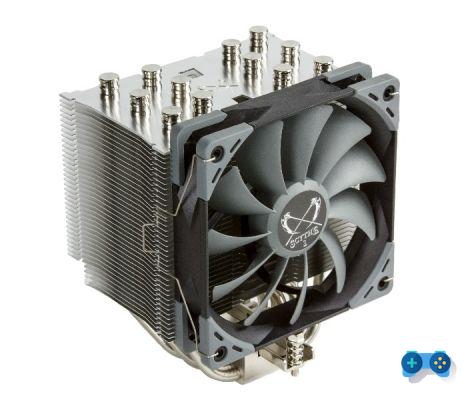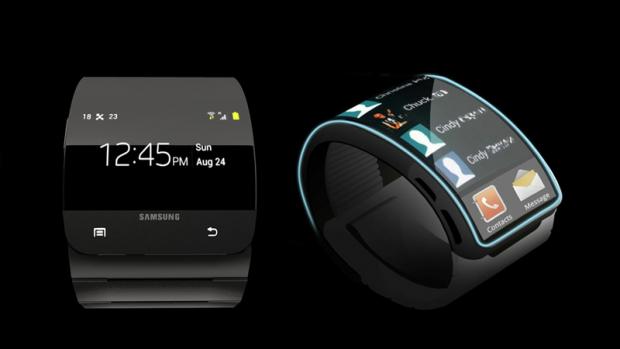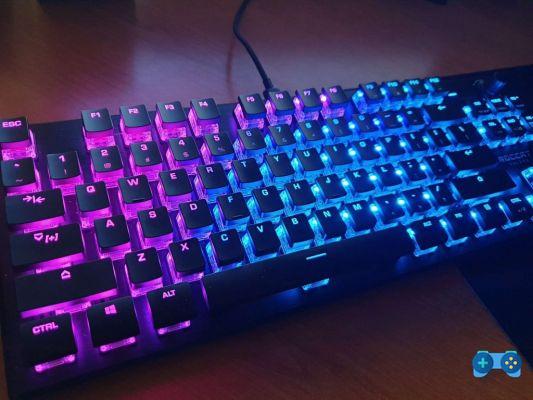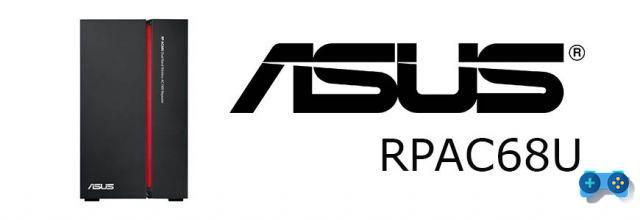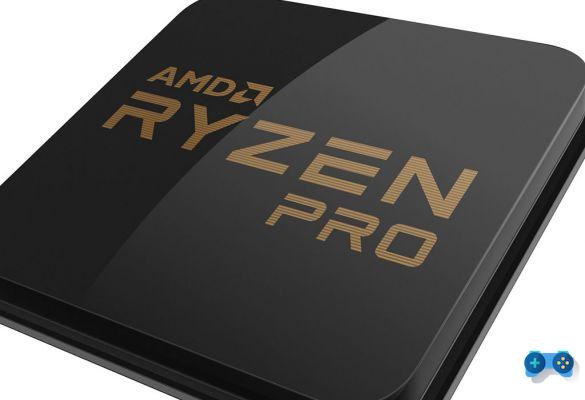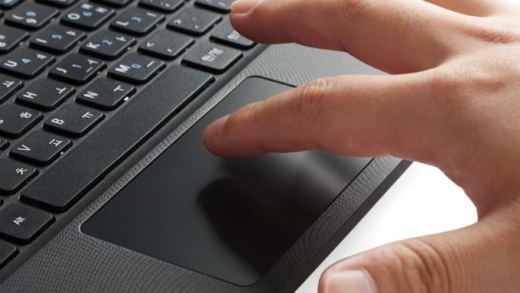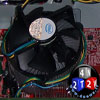
We have assembled a machine designed for Windows Vista x64, characterized once again by quality and convenience and able to satisfy every need for work and leisure.
Configuration chosen
The configuration chosen for this test aims at the assembly of a home and gaming computer, not extreme in costs, but certainly of quality in performance, able to withstand the test of time in the medium term and able to satisfy your small and large needs.
Hardware under test:
Case Centurion 534 Lite by CoolerMaster - 50 euros
ITek 600W Sata power supply - 30 euros
MSI P965 Neo 2 ATX Motherboard - 80 euros
Intel Core 2 Duo E6600 CPU - 190 euros
Memories: Kingston 2x1GB 800MHz DDR2 Non-ECC CL5 - 100 euros
Seagate Barracuda Sata II Hard Disk 16 Mb 7200 - 70 euros
MSI NX8800 GTS T2D320E HD OC Video Card - 250 euros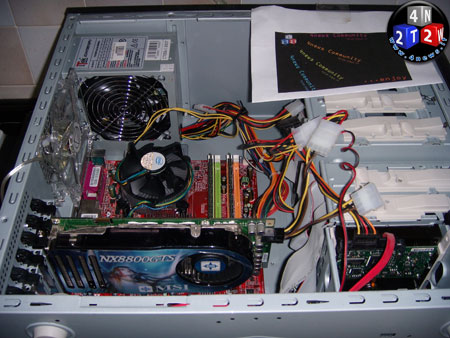
Out-of-test hardware and accessories:
LG DVD burner - 30 euros
Floppy Drive - 9 euros
Keyboard and Mouse Logitech Cordless Deluxe 650 Kit - 30 euros
Creative 7.1 INSPIRE T7900 speakers - 85 euros
Acer LCD AL1914 monitor - 220 euros
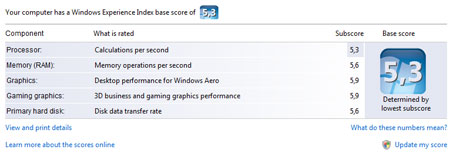
Prices are indicative, therefore they are not the expression of an absolute value and are subject to change, relative to the date of publication of the article, they represent a "recurring" price on the sites of the various online retailers.
Case and Power Supply
Case: CoolerMaster Centurion 534 Lite
The case selected for our test is a case of CoolerMaster, a leading company in the field of modding and accessories for pc, the model is the Centurion 534 Lite completely in aluminum and with great solidity. The dimensions are those of a Middle Tower with a weight of about 10 Kg (precisely 9.7 Kg) and inside there is very well distributed space, there are five 5,5 "compartments (for optical readers etc ..), 2 3,5 "(Floppy) compartments, one of which is visible from the front and 3 hard disk compartments.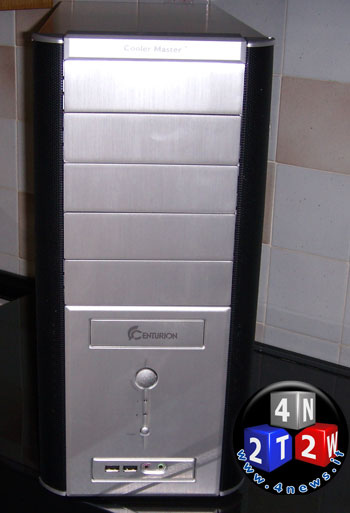
The case has an excellent possibility of transpiration as the chassis is covered with micro holes on the side bands that cover the front edges and allow air to enter thanks to the provision of the huge 120mm fans, positioned respectively on the lower front of the case ( this fan is already installed as standard and conveys the air mainly on the Hard Disks) and on the back of the case in order to create an air flow (this second fan must be purchased by the user). Still, on the left side panel two air intakes have been applied, one of which is equipped with a conveyor at the CPU fan.
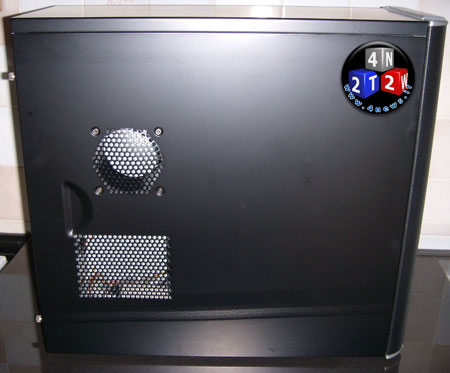
The colors available for this Centurion 534 Lite are black and silver, the shapes are essentially the classic ones without too many pretensions but which enhance the idea of the robustness of the case, 2 USB connections and the connection for headphones and microphone are arranged on the front. (in the new version there is also a firewire port). The Centurion can accommodate motherboards in ATX and midi-ATX format, the compartments allow you to install and change the order of peripherals in a simple way, all are in fact equipped with self-locking plastic guides, while as regards the hard disks you have to use a pair the special sliding rails supplied with the case (there are eight supplied).
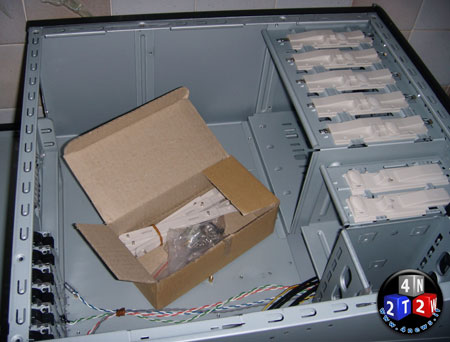
The installation of the additional cards in the rear panel is of a disarming simplicity: you have to unhook the black plastic pawl and rotate it upwards, install the card in the slot on the motherboard and then rotate the pawl downwards again until it literally " grab ”the bracket of the installed card, the system is absolutely functional, but if you don't trust it, don't worry, there is always the possibility to fix the cards with the dear, old, screws.
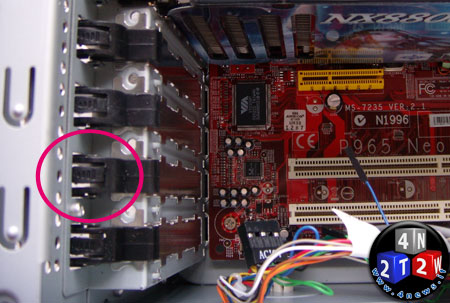
The Centurion 534 Lite is sold without an Atx power supply which must therefore be purchased separately; despite the classic lines, this case seems a good choice for all those who need functionality, solidity and quality: the CoolerMaster itself produces cases with very different aspirations (like the Mystique we previously reviewed), but at the price of the Centurion 534 Lite , or around 50 euros it is difficult to buy a better "home" for your new PC.
Power supply: iTek 600 W Sata
In the choice of the power supply from the first moment we were forced to go on a power higher than 400 W, the minimum recommended by the manufacturer of the video card for its power supply. After all, it is no longer time to pull on the power supply and a self-respecting computer needs a power supply starting from 400-450 W to guarantee stability and security of future expandability. We opted for a 600W iTek power supply with 4 Molex 4 Pin connections, 2 Sata connectors, 1 floppy connection, the power connection for the 20/24 Motherboard and a 20 + 4 pin adapter.
It is equipped with a surprisingly quiet and efficient 120 mm fan, a pity only for the lack of a PCI Express connector which we have remedied with the molex adapter present in the video card package, but in consideration of the price, only 30 euros, any doubts about this iTek 600 W Sata are bound to vanish.
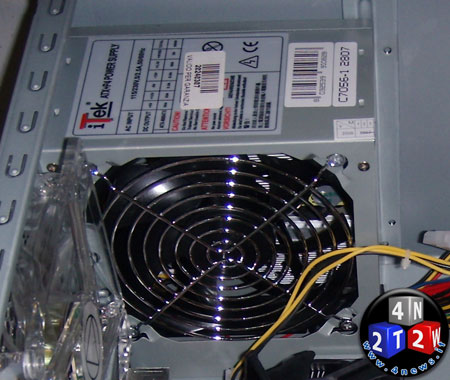
Intel Core 2 Duo E6600 CPU
CPU: Intel Core 2 Duo E6600
On the processor used for our test, given that so much has already been written on the net, it would be useless to repeat here, several months after launch, as abundantly reported by highly authoritative industry newspapers. On the other hand, we will not fail to define the “brain” of our test coputer as the best processor currently on the market in terms of performance-cost ratio. The assumption is soon proved: at the moment, for the range of desktop, home or extreme gaming computers, to which we are addressing with this test, there are two other two-core Intel processors on the market, with better performance, the Core 2 Duo 6700 at 2,67 Ghz and the Core 2 Duo Extreme X6800 at 2,93 Ghz, not to mention the other four-core Intel processors, not useful as a yardstick due to the definitely better performance but in the face of exorbitant prices. Obviously, AMD processors would also be available for evaluation, but except for the AMD Athlon 64 X2 6000+ AM2 (at 65nm) with a clock frequency of 3 Ghz, which however has "only" 2 Mb of cache, FSB at 1000 Mhz and costs 190 euros, no other processor in the series can hope to keep up.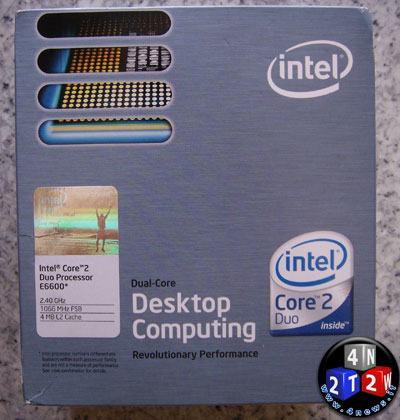
We said, Intel's Core 2 Duo E6600 seems to us at the moment the best for quality-price, as the processor immediately preceding it is the Core 2 Duo E6420, which although retaining 4Mb of second-level cache works at a frequency of 2,13 , 6600 Ghz, having a cost of about 20 euros lower than the E2. For reasons essentially related to the price we exclude the other processor, this time more performing, Intel Core 6700 Duo E4, with 2Mb of L2,67 cache at 280 Ghz which has a price that fluctuates around 2 euros, even more so we exclude the Core 6800 Duo Extreme X2,93 which has a remarkable clock frequency of 4 Ghz, 2 Mb of L1066 cache and 800 Mhz of bus, it is the top among the two-core processors, but at the prohibitive cost of about 64 euros (with less than this figure you can think of buying a Quad-Core). It should be remembered that we are talking about processors all capable of executing 65-bit instructions, with the latest generation XNUMX nm construction technology.
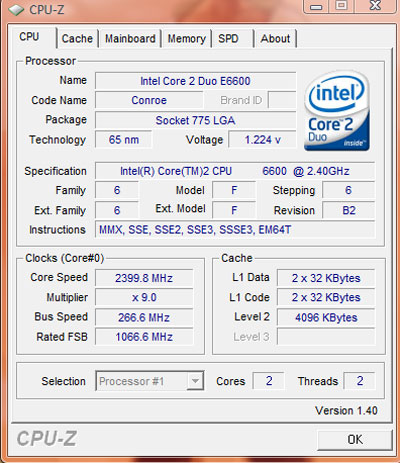
But if the reasons for choosing the Core 2 Duo E6600 were not yet clear, we want to underline that for about 190 euros, the processor mounted on our pc has a frequency of 2,4 Ghz and 4Mb of L2 cache, with FSB at 1066. Mhz (identical to that of the other Intel E6420, E6700 and X6800 processors taken in comparison). In addition, this processor allows a large and simple overclock (not the subject of this review) brought through multiple tests, quietly to 3 ghz, while maintaining considerable response times and incredible energy savings.
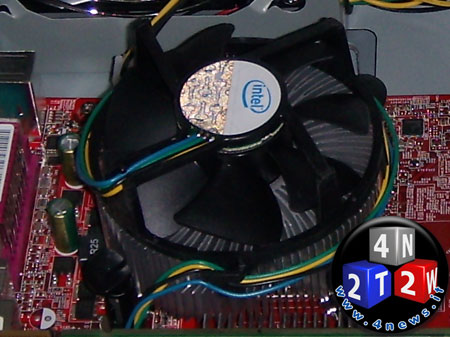
As for the assembly, the Core 2 Duo E6600, like all processors in the series, has a 775 socket and in the boxed version it is paired with a more than sufficient heatsink and easy to install on the motherboard. Finally, on the performance side, the improvement compared to all the previous series of Pentium IV and Pentium D processors is evident, but also compared to the Core 2 Duo with 2 Mb of cache. In our test carried out with Windows Vista Ultimate 64-bit (certainly there is not yet a sufficient number of software capable of executing 64-bit instructions), all the calculation operations are performed without the slightest effort and / or slowdown, all gives the impression of extreme efficiency and stability.
MSI P965 Neo 2 Motherboard
The motherboard used in our test is the MSI P965 Neo 2 based on Intel P965 Express chipset, capable of supporting almost all Intel processors with Socket 775 now on the market, starting with the Pentium IV to finish at the latest Core 2 Duo Quadcore generation. The motherboard in question has everything we need for the chosen configuration, has 1 PCI Express x16 slot for the graphics card (the one we tested is the MSI NX8800 GTS, a real marvel), 4 slots for DDR2 Ram up to 800 mhz with a total capacity of 8 Gb and use of dual channel mode, all you need in terms of internal and external connections: 1 PCI Express x4 slot, 1 PCI Express x1 slot, 5 SATA II ports, four of which are managed by the Intel ICH8 controller and one managed by the Marvell 88SE6111, 1 firewire 400 port, 4 USB ports on the rear panel with the possibility of other 6 additional ports that can be installed using the 3 connectors on the card, an RJ45 LAN port, an IDE controller and high definition audio connections.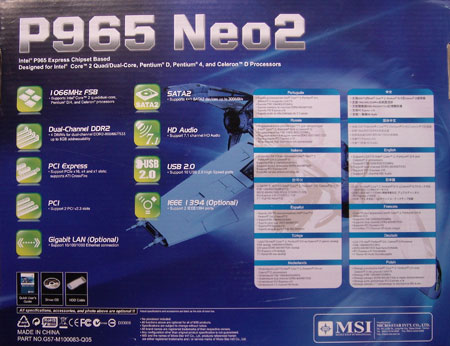
The dimensions of the motherboard are affected by the 2 cm missing to reach the full-ATX format required for the ambitions of a similar motherboard, the distribution of connections on the card in fact leaves a little perplexed as regards the management of cables and connections in the lower part of the case where most of the attacks are concentrated. On the other hand, this localized overcrowding allows more space and consequently better air recirculation to the area where the processor and Ram memories reside.
In our test, the space was actually lacking due to the presence of the MSI NX8800 GTS OC video card which occupied most of the available space on the motherboard, almost completely covering the other 2 PCI Express slots. In truth, in the presence of such a video card you should turn to another motherboard such as (to remain among the cards of the same manufacturer) the MSI 975X Platinum PowerUp Edition, simply to have more space or better, to have 2 parallel PCI Express x16 slots and 2 such video cards, to be exploited with ATI Crossfire technology (for a formidable gaming experience).
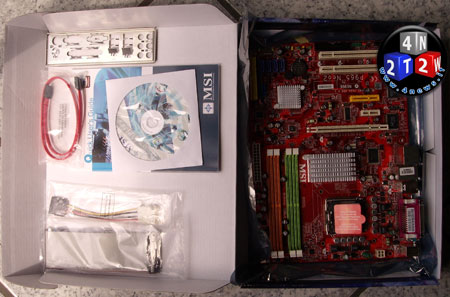
However, we said about the quality of the motherboard together with all the features that can be expected from a world-famous manufacturer such as MSI, the MSI P965 NEO 2 does not present particular installation difficulties and indeed is equipped with everything we need: in the package we find an IDE cable, 2 Sata cables, the instruction manual and a CD with drivers and software, unfortunately not compatible with Windows Vista x64 (from a Windows Vista Premium certified motherboard, one would have expected full support for all versions Windows) but nothing serious, everything that is on the CD can be found on the manufacturer's website in the version for Windows Vista x64 and without any problem since there is nothing necessary for the initial installation of the system. noteworthy software designed for this card we find the "Dual Core Center" software, able to monitor the performance of the processor and improve them, and the Live Update able to search online and install the latest version of the Bios available for the card. The bios installed on this MSI P965 Neo 2 is version 3.4 by American Megatrends Inc (Ami Bios, which is currently the penultimate version released for the motherboard in question).
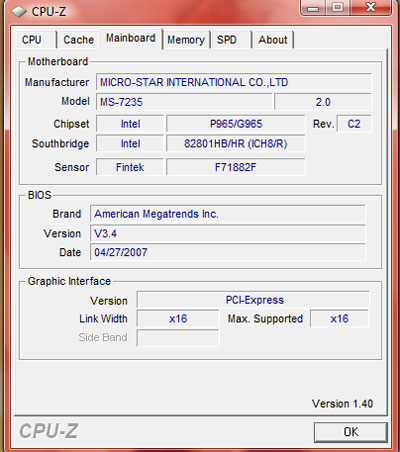
The MSI P965 Neo 2 can support a total system frequency (FSB) at 1066/800/533 Mhz therefore adaptable to the different needs of the installed cpu. As for the Ram that can be installed on the motherboard, there are 4 slots for a total of 8 Gb DDR2 Ram that can be installed without any limitation, at a frequency of your choice between 533/667/800 Mhz with the possibility of working in dual channel mode. From the point of view of connections, noteworthy are those dedicated to the integrated high-definition sound card, compatible with the Azalia 1.0 specifications and equipped with 6 rear outputs, with connection detector (jack sensing) for dolby surround systems: the only flaw in the model in we possess the SPDIF digital output which is optional.
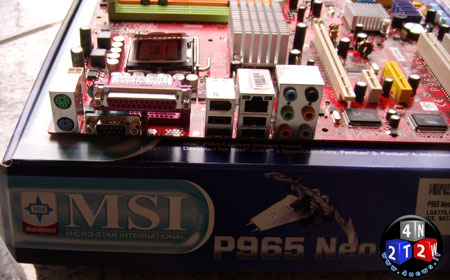
As for the connections to peripherals and storage, the 5 Sata II ports (pity for the lack of management mode in Raid), are more than sufficient for the latest generation peripherals now on the market, but for this reason we have found some problem in the test phase regarding the IDE port which on several occasions did not recognize any connected peripherals (both hard disk and optical reader). This is actually a rather frequent problem even with motherboards from other manufacturers, to remedy the problem we started our machine with a Sata II DVD player and a Sata II Hard Disk, once Windows Vista was installed, the system was able to recognize the IDE devices inserted in place of the Sata DVD player. The other problem related to the IDE controller is the presence of only one attack on the motherboard which in fact limits the possibility of connectivity with more than one IDE peripheral, because if it is true that on a channel with standard cables it is possible to connect 2 peripherals , first of all it is not advisable to use the same channel for a DVD player and a hard disk, secondly for a problem of space distribution it is difficult to find a case that leaves enough space between the arrangement of the hard disk and that of the optical reader so that the IDE cable can serve them both.
Ultimately, the MSI P965 Neo 2 motherboard manages to do its job at its best, maintaining good future expandability at a cost of about 80 euros, managing to do flawlessly what other motherboards can do with no less than 120-140 EUR.
MSI NX8800 GTS T2D320E HD OC Video Card
It is absolutely logical that you ask yourself what a video card like this has to do with a configuration that we have declared to be attentive to assembly costs, it is very simple and we will answer you with another question: have you ever had to bitterly find that your brand new video card, after a short time it fails to do its job well and with the latest fantastic video game you absolutely want to play? And that invariably the requirements of the game are just higher than the purchase you made? If yes, you will understand why to spend, on a respectable computer, 250 euros for a video card, otherwise either you are not an avid gamer or have never tried the terrifying experience of starting Tomb Raider 2 without a 3Dfx or, for switch to something more modern, Never Winter Nights with a "normal video card".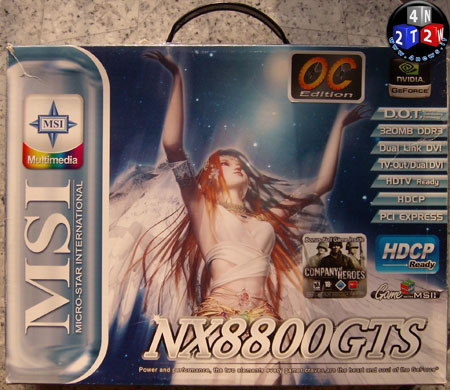
The first sensation that this video card gives can be summed up with the expression "mammoth", only with the subsequent installation on the motherboard this concept becomes something more similar to that of "power". But let's find out why.
The MSI NX8800 GTS 320E HD OC (OC stands for Over Clocked) is a video card equipped with the infamous NVIDIA G80 chip capable of incredibly high performance, the G80 is equipped with Nvidia's innovative unified technology capable of processing operations simultaneously of Pixel Shader, Vertex and so on. The G80, in fact, no longer features dedicated vertex or pixel shader engines but a single chip capable of executing all the instructions, is built with a 90 nm production process and fully supports Open GL 2.0, DirectX 10 and the Shader 4.0.
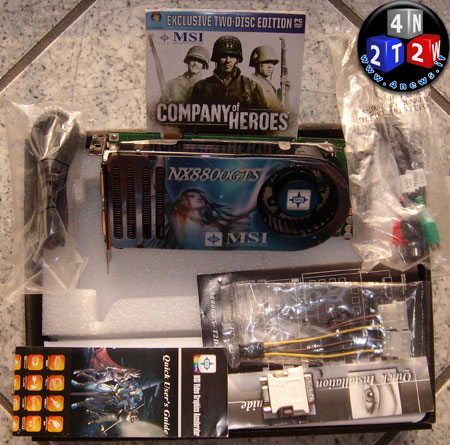
The NX8800 GTS has 320 Mb of DDR3 memory, but MSI has also produced two other bigger sisters of this NX8800 GTS, equipped with 640 and 768 Mb of DDR3 memory installed respectively, and that's not all: there are also other models of the NX8800 series. intended for the high end of the market and marked with the initials NX8800 GTX and NX8800 Ultra (with terrifying performance).
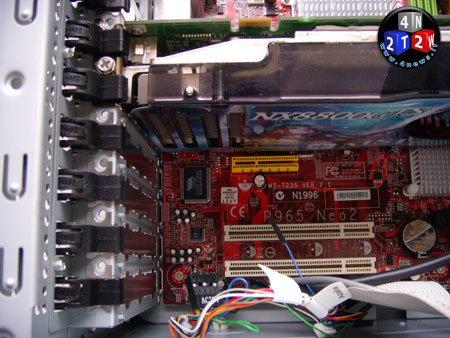
In the package of the MSI NX8800 GTS 320E HD Over Clocked we find the manual, a driver disk, an S-Video cable, a DVI-VGA adapter, a PCI Express power cable with Molex adapter and the "Company of Heroes" game we will talk about in a while. The video card has everything you could want at the moment from a highly ambitious peripheral: 320 Bit memory bus, 320 Mb of DDR3 memory with a frequency of 1700 Mhz, GPU with a frequency of 575 Mhz, Giga Thread Technology which allows simultaneous and independent processing of new generation Shader applications, DirectX 10 support, Shader Model 4.0, Open GL 2.0, Nvidia's SLI technology capable of doubling the speed by operating two video cards in parallel, HDTV TV output, HDCP Ready, Nview multi display technology that allows you to control and manage multiple displays, Dual-Link DVI-I output capable of controlling a large display up to a resolution of 2560 x 1600 at 60 Hz, Nvidia PureVideo technology that gives colors clear and faithful, and PCI Express x16 support.
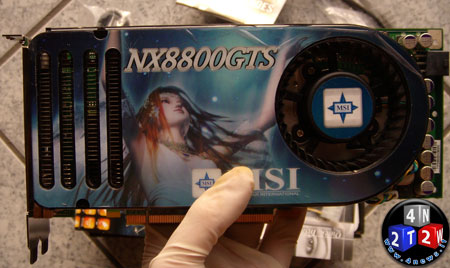
Finally, NVIDIA's unified driver architecture (UDA) allows: the reduction of maintenance needs, the constant improvement of performance and functionality, the elimination of hardware and driver conflicts, greater scalability, the possibility of being ready for the future with support for ten other operating systems in addition to Windows Vista for which it is certified.
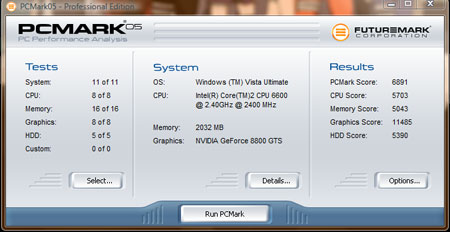
We preferred to install it on a system intended to run Windows Vista x64 Ultimate Edition and the operating system assigned an overall score of 5.9 points out of a maximum of 6 to the video card. Once the basic software was installed, however, the drivers contained in the video card driver disc were not compatible for 64-bit Windows Vista, but without any problem we turned to the manufacturer's website where it is easy to download the entire package of drivers and compatible software for the x64 version of the new Microsoft operating system.
Once the drivers are installed, Windows Aero comes to life with fabulous transparencies and fluidity in effects even with hundreds of windows open, but this is a job that any video card under 100 euros would do well. Our test went on by subjecting the system to some evaluation software such as 3D Mark06 and PC Mark05, after which we decided to dedicate ourselves to the real reason for the presence of the NX8800 GTS in our computer: the game.

The first move was to test the game for free with the card: "Company of Heroes" strategic title set during the Second World War, which makes graphics, compatible with DirectX 10, its strong point. In "Company of Heroes" as it was a must, just after launch we combed through the game settings to set all the voices to the highest definition and quality, the result? The game has an extraordinary detail and does not hint at slowdowns, moreover the title is compelling and deserves to be enjoyed to the full.
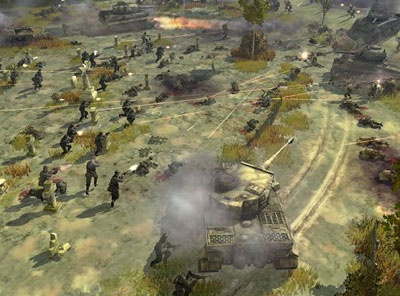
Then we tested Never Winter Nights 2, a fascinating role-playing game with very high hardware requirements that once again was displayed by the MSI NX8800 GTS without any problems, despite the detail preferences set to maximum.

Memories, Storage and Conclusions
Ram memory: Kingston 2x1GB 800MHz DDR2 Non-ECC CL5
The memories chosen for the configuration are two 1 Gb DDR2-800 Mhz CL5 Valueram slots from Kingston, the ram frequency is the maximum that can be installed on MSI's P965 Neo 2 motherboard and one of the highest in circulation. The dimms are 240-pin and have gold end coatings, run at 1,8V and we installed them in Dual Channel mode by plugging them into the first and third available slots (the motherboard supports this mode).
It is useless to talk to you about the manufacturer who is a guarantee in the sector, much less is it useful to add anything other than some general impression. It was mandatory to install 2 Gb of Ram for the needs of this Windows Vista x64 that we remember, it needs at least 1 Gb of memory to work "decently", for the rest the operating system and the applications launched, even considerably expensive in terms of memory absorption, have revealed the remarkable stability and speed of the Ram, which therefore are promised with flying colors.
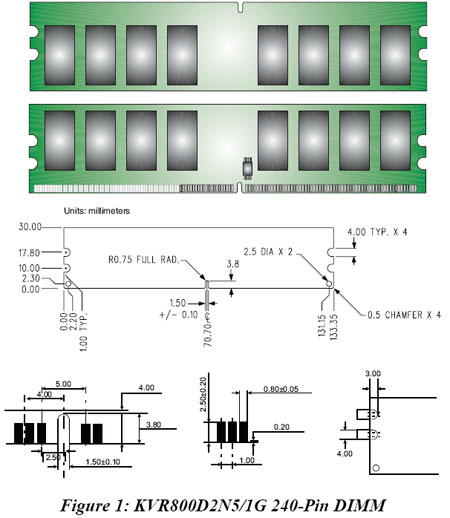
Storage: Seagate Barracuda Hard Disk 320 GB 7200.10 Sata II 16 Mb
The Hard Disk used certainly does not shine in terms of maximum capacity evaluating the disks in circulation it is understandable that one turns attention to disks of 500 Gb or even 750 Gb. Our choice, however, was guided by the reading and writing speed of the Hard Disk, the Sata II connection mode and the 16 Mb memory buffer. There is not much more to add, the manufacturer is now a giant in the hard drive sector, after the acquisition of Maxtor in fact it has become one of the largest producers of storage peripherals and the Barracuda series has been synonymous with quality and reliability for some time. .
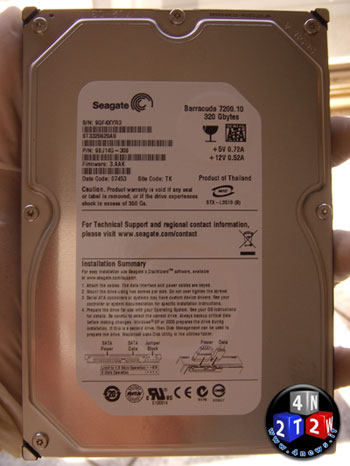
The Seagate Barracuda 320 Gb 7200 rpm Sata II 16 Mb, we said, does not shine for maximum capacity in absolute terms with its 320 Gb, even if it must be said that they are practically impossible to fill except by whom to deal with. 'video encoding. Regarding the maximum capacity, it should be noted that the formatting of Windows, with the age-old question of sector recognition, assigns the disk a maximum capacity of 298 Gb with the significant loss of 32 Gb compared to the capacity declared by the manufacturer. .
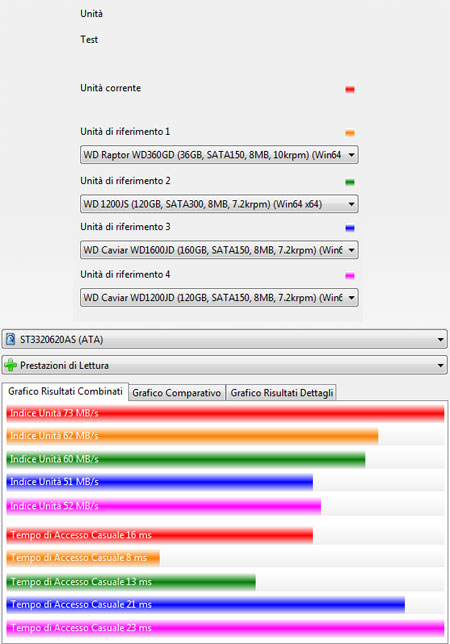
Conclusions
The system proved to be an optimal choice in terms of quality and performance, our intent was to test a machine that fully supported Microsoft's new Windows Vista x64 operating system on the one hand (which it succeeded even though there are currently no third-party software compiled in 64-bit), on the other hand it was able to give you hours of fun without ever a smudge.
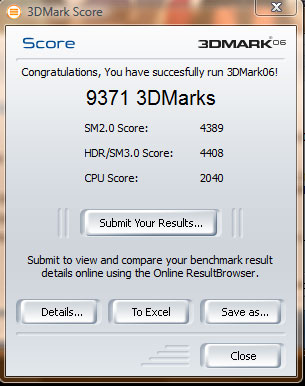
The overall price of the system is around (according to our calculations) around 750 euros, a price to which must be added the cost of out-of-test peripherals (optical drive, keyboard and mouse, etc.) and a good LCD display preferably from 19 inches to rise capable of supporting high resolutions.

The configuration is therefore definitely recommended by Soultricks with an overall score of 90/100 and specifically a dutiful 96/100 to the MSI NX8800 GTS, capable of transforming our personal computer into a real game console by itself.




